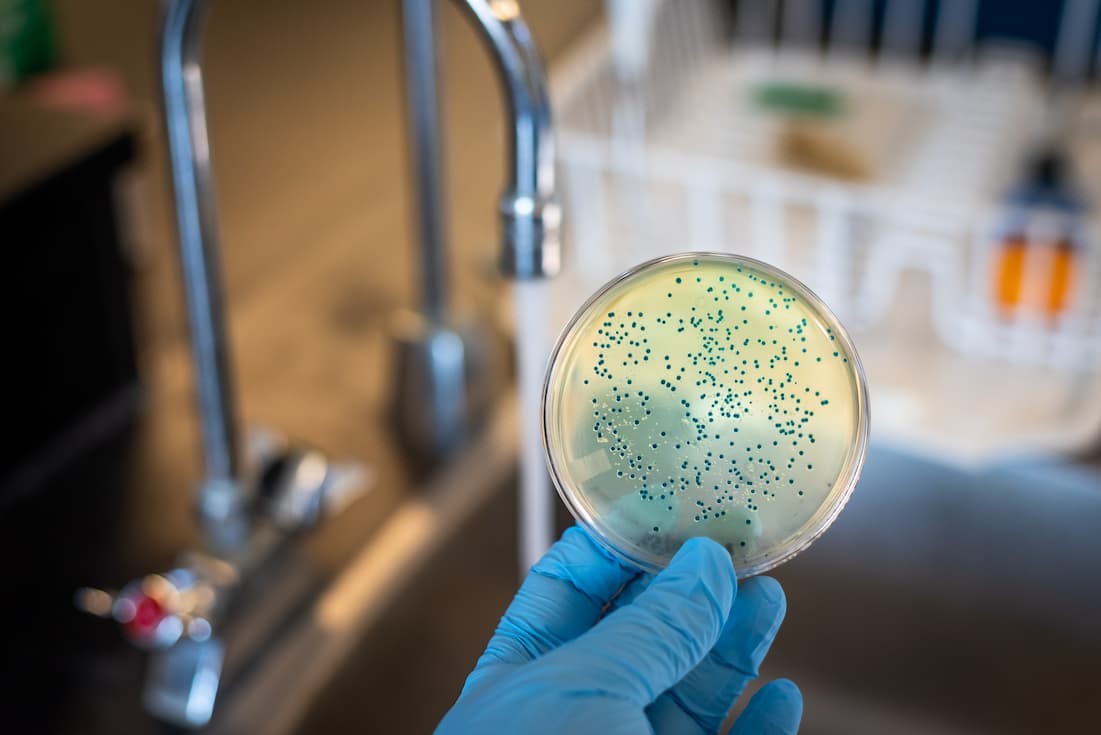Biological food hazards are a leading cause of foodborne illnesses worldwide, impacting public health and the food industry. As a content creator for FOODS.EDU.VN, I’m here to provide you with an in-depth understanding of biological hazards, empowering you to safeguard your food and health. Explore microbial risks, disease prevention, and hygiene practices for a safer eating experience.
1. Decoding Biological Hazards in Food: An Introduction
Biological hazards in food refer to pathogenic microorganisms or their harmful byproducts that can trigger illness when ingested, leading to foodborne diseases or food poisoning. Understanding these hazards is crucial for everyone involved in the food chain, from producers to consumers. These biological villains are often the root cause of foodborne illness outbreaks, historically and presently.
Poor food safety practices create opportunities for biological hazards to thrive and compromise public health. Ingesting contaminated food can lead to symptoms like watery diarrhea and abdominal cramps. In severe cases, foodborne illnesses caused by biological hazards can even be fatal if left untreated.
These organisms can cause illness either through infection, where the organism itself invades the host, or through intoxication, where the illness is caused by the organism’s toxic byproducts. The specific effects of biological hazards depend on the type of organism, environmental conditions, and the food safety measures implemented by food businesses.
2. Understanding the Difference: Biological Hazard vs. Biological Contamination
It’s essential to distinguish between a biological hazard and biological contamination. A biological hazard is the organism itself that causes foodborne illnesses and other health risks. Biological contamination, on the other hand, refers to the process where these pathogenic hazards enter the food chain. Biological contamination happens when foodborne hazards like bacteria, viruses, fungi, and parasites contaminate food, making it unsafe for consumption. These are the key players in what we call biological hazards.
3. Identifying the Culprits: Common Sources of Biological Hazards
Biological hazards are ubiquitous, and their sources can be varied. They include:
- Bacteria: Single-celled microorganisms capable of causing illness.
- Viruses: Tiny infectious agents that replicate within living cells.
- Parasites: Organisms that live on or in a host and obtain nourishment at the host’s expense.
- Fungi (including molds and yeasts): Microscopic organisms that can produce toxins and cause spoilage.
If these elements come into contact with the skin, are consumed, or breathed in, they endanger human health and could cause food poisoning, tetanus, respiratory infections, or parasitic infections.
4. Unveiling the Four Main Types of Biological Hazards
In the food industry, several biological food hazards are recognized. While some pose severe health risks, others are less common. Regardless of the risk level, all biological hazards thrive in moist and nutrient-rich environments, making food their primary target.
Food handlers must be aware of the following major types of biological hazards:
4.1 Viruses
Viruses, resilient to acidic conditions and heat, can easily transfer from food handlers to the food being prepared. They are commonly associated with contaminated water, seafood, vegetables, and infected food handlers. Common viral diseases include gastroenteritis and hepatitis.
4.2 Bacteria
Bacteria are single-celled microorganisms that thrive in moist food items, leading to spoilage and potential health risks. Found in water, air, soil, and the gastrointestinal tracts of animals, foodborne bacteria are prevalent in food businesses. Some bacteria can cause both intoxication and infection.
The types of foodborne bacteria vary significantly. While some can withstand extreme conditions, others can be easily eliminated with minimal threat to human health. Some bacteria can remain dormant as spores and multiply when conditions become favorable again, posing a significant concern in food preparation.
Common examples of foodborne bacteria include:
- Escherichia coli (E. coli): Commonly found in water, leafy greens, raw milk, and meat.
- Bacillus cereus: Commonly found in rice and other starchy foods.
- Salmonella: Commonly found in raw meat and poultry products.
- Staphylococcus: Commonly found on the skin of food handlers and poultry products.
- Listeria: Commonly found in unpasteurized milk, ice cream, and vegetables.
- Campylobacter: Commonly found in undercooked poultry.
- Clostridium: Commonly found in undercooked meat products.
4.3 Fungi
Fungi, including yeasts and molds, are microscopic organisms capable of surviving in acidic and dry conditions. This makes them a significant concern for intermediate moisture foods and preserved products. While some fungi are used in food production (e.g., cheeses and wines), others can cause serious illnesses.
Certain fungi produce toxins that are difficult to remove once they have contaminated foods. Prevention is the best approach in these cases. Common foodborne fungi include:
- Aspergillus sp.: Commonly found in grains and nuts.
- Candida sp.: Commonly found in grains, dairy products, and processed meats.
4.4 Parasites
Parasites are microorganisms that derive nutrition from a host, causing harm to the host. They can live in moist foods and transmit to humans, leading to foodborne illness. Protozoa are the most common foodborne parasites, according to the Centers for Disease Control and Prevention.
Other examples of foodborne parasites include:
- Trichinella sp.: Commonly found in raw meats.
- Cryptosporidium sp.: Commonly found in raw milk and contaminated water.
Among these biological hazards, the “Big 6” major pathogens cause the most foodborne illnesses worldwide:
- Norovirus
- Nontyphoidal Salmonella
- Salmonella Typhi
- E. coli
- Shigella
- Hepatitis A
Additionally, natural toxins produced by dangerous pathogens are also categorized as biological hazards.
Biological hazards contribute significantly to the estimated 48 million cases of foodborne illnesses in the U.S. annually. Low- and middle-income countries lose at least $95.2 billion annually due to the treatment of foodborne diseases and economic losses resulting from biological hazards.
Leverage FOODS.EDU.VN’s resources, including digital HACCP plan builders, to conduct thorough analyses of significant biological hazards and establish preventive controls to protect your customers.
5. Recognizing Biological Hazards in Action: Common Examples
Biological hazards are common, especially in food businesses with inadequate food safety management systems. Microorganisms considered biological hazards can contaminate a wide range of food products and cause diverse outcomes.
Some biological hazards produce observable changes, such as molds on fruits, which create a cotton-like formation on the surface. Other changes include foul odors, acidic tastes, or softening of the food’s surface.
Other biological hazards may not cause noticeable changes until they have multiplied significantly. Even in low cell counts, they can still cause foodborne illnesses. Salmonella in raw poultry is a prime example. This bacteria typically does not produce obvious changes but can cause disease if contaminated food is improperly processed.
6. Identifying Hotspots: Where Biological Hazards Lurk
Restaurants and food service operations are particularly vulnerable to biological hazards. Food handlers need to be trained to identify common contaminants and handle food safely.
Examples of biological hazards in food service operations include:
- Viruses and bacteria from food handlers (e.g., norovirus and Staphylococcus aureus on the skin)
- Bacterial pathogens from raw ingredients (e.g., Salmonella in poultry)
- Parasites and hepatitis A virus from the water system
- Yeast on fresh fruits and vegetables
- Cross-contaminated ready-to-eat foods
A restaurant facility can be a hospitable environment for biological hazards, making it essential to train food handlers properly to prevent contamination.
FOODS.EDU.VN provides free food safety quizzes to help train food handlers on essential operations for controlling biological hazards in restaurants.
7. Preventing Contamination: Effective Strategies
Biological hazards are always present, especially in food businesses. Since their primary sources of nutrition are food products, restaurant kitchens and retail food stores provide ideal environments for them to survive.
Common areas where biological hazards can be found include:
- Contaminated Water Systems: Contaminated water used in food preparation can easily contaminate the entire food service area.
- Raw Materials: Soilborne biological hazards can contaminate plant materials such as crops, vegetables, and fruits. Strict preparation of raw materials is necessary to reduce the potential microbial load.
- Air Ventilation Systems: Microscopic biological hazards can be transferred through the air, along with dust and dirt. Airborne pathogens can travel through spores, such as mold spores, and grow on foods.
- Pests: Pests, such as rodents and insects, can carry harmful bacteria and viruses, which can be easily spread through foreign materials, such as hair strands or broken parts. Studies have shown cases of rodents causing foodborne illness outbreaks through shedding and infectious waste.
In addition, food handlers can easily spread biological hazards through cross-contamination and poor hygiene.
Preventing the spread of foodborne biological hazards is manageable with consistent monitoring and control. A food business with a comprehensive food monitoring system based on hazard analysis can significantly control the presence of biological agents.
FOODS.EDU.VN’s digital Food Monitoring System offers intuitive solutions for monitoring food safety practices. Our software features solutions that automatically generate monitoring logs with prefill solutions and a smart notification system to ensure consistent food safety compliance.
8. Recognizing the Impact: Consequences of Biological Hazards
The effects of biological hazards can range from mild abdominal cramps to life-threatening diseases or death, depending on the causative agent, the degree of contamination, and the overall health of the consumer.
When customers consume foods contaminated with biological hazards, they may experience:
- Watery diarrhea (possibly bloody in severe cases)
- Abdominal pain
- Fever
- Nausea
- Vomiting
- Fatigue
Consumers with weakened immune systems, such as pregnant women, the elderly, and children under the age of five, are more vulnerable to the adverse effects of consuming contaminated foods. Uncontrolled biological agents can spread and affect more consumers, leading to a foodborne outbreak. In such cases, food businesses must cooperate with food safety inspectors during outbreak investigations to control the situation.
9. Implementing Preventive Measures: Key Food Safety Practices
A preventive approach is most effective in controlling biological hazards and reducing unnecessary costs and damages. Simple food handling practices and personal hygiene can significantly reduce food safety issues from foodborne pathogens.
To help food handlers prevent biological hazards and public health risks, follow these tips and guidelines:
- Practice proper handwashing regularly.
- Follow the proper dress code for food handlers.
- Cook foods to the correct internal temperature.
- Organize foods in the refrigerator using a Fridge Organization Chart.
- Use separate tools and kitchen utensils for preparing raw food and ready-to-eat products.
- Clean surfaces before applying sanitizer.
- Instruct food handlers to wear gloves when necessary.
- Follow the manufacturer’s instructions for using sanitizers.
- Inspect incoming food supplies for proper storage conditions and food quality.
- Monitor and control storage conditions (e.g., temperature and humidity). Avoid storing foods within the temperature danger zone.
- Do not allow sick food handlers to prepare food.
Proper controls and monitoring procedures must be in place to ensure that these practices are consistently followed. Consistent performance will help your food business remain free from the public health risk factors of foodborne hazards, ensuring compliance with food safety regulations.
FOODS.EDU.VN provides free food safety tools and templates to guide food handlers in preventing contamination by biological hazards. Use our free food storage chart and free sanitation standard operating procedures template to ensure proper storage conditions and a clean working facility at all times. We also provide all cooking temperature charts for ensuring proper cooking and processing of foods.
FOODS.EDU.VN offers more intuitive solutions to help your employees control bacterial hazards and other infectious pathogens. Our digital Food Safety Management System enables food handlers to smoothly monitor food safety tasks using prefill solutions that automatically input data on monitoring sheets based on previously inserted data. All that is left to do is verify the data. Additionally, our digital solutions reduce the likelihood of forgotten tasks through a smart notification system.
10. Empowering Your Team: Controlling Biological Hazards Effectively
Biological hazards pose a significant food safety risk to both consumers and food businesses. A single foodborne illness outbreak can not only jeopardize public health but also damage customer loyalty.
Despite their potential adverse effects, biological risks can be effectively controlled with simple steps: analyze the hazards, set preventive measures, and establish a consistent monitoring procedure to ensure compliance.
FOODS.EDU.VN can help you complete these steps in just 1 hour with our digital solutions!
10.1 Automated Hazard Analysis: Identifying Potential Risks
Hazard analysis is critical, especially for creating risk-based food safety plans. Biological hazard assessments involve identifying the potential public health risk, the severity of the illness, and the likelihood of occurrence. This information determines the appropriate approach and preventive measures needed to control biological hazards.
Identifying and analyzing biological hazards is the first step in any food safety plan. Your team must manually list all potential biological hazards related to your food business and analyze them one by one, supported by analytical methods conducted to evaluate your products. FOODS.EDU.VN’s free HACCP Hazard Analysis Template offers a detailed guide to analyzing foodborne hazards.
The sooner you identify and analyze hazards, the faster you can create preventive solutions and protect consumers from the risk of hazards.
FOODS.EDU.VN offers a comprehensive list of biological, physical, and chemical hazards related to your food business. As a critical part of our customizable digital HACCP plan builder, our software generates a thorough, smart hazard analysis table complete with essential information about the hazards.
Our software is flexible, allowing you to customize the information analysis with easily editable fields and preselected levels of severity and likelihood of occurrence. You can further improve the analysis and tailor-fit the descriptions and justifications according to your business needs.
The hazard analysis is just the first of many features of FOODS.EDU.VN’s digital HACCP plan builder! In just one hour, you can obtain a complete and customizable digital HACCP plan by answering a few basic questions about your business. With the help of artificial intelligence and a machine-learning program, our software can generate a comprehensive HACCP plan template with detailed information related to your business operations.
You’ll receive essential parts of a HACCP plan, such as:
- Complete hazard analysis
- Detailed critical control points with clear critical limits
- Appropriate monitoring procedures
- Corrective action plan
- Verification procedures
- Record-keeping and documentation procedures
.jpg “Sample HACCP template, illustrating the structure and components of a comprehensive food safety plan.”)
Our software provides a great alternative method that significantly shortens the amount of time you need to spend on creating a HACCP plan with the traditional method. In approximately one hour, you can take control of your food safety and start serving safe food.
10.2 Efficient Monitoring: Maintaining Control Over Biological Hazards
A key aspect of controlling biological hazards is consistently monitoring the established preventive methods. FOODS.EDU.VN offers all the necessary tools to completely control biological hazards.
After establishing your HACCP food safety plan, use our digital Food Safety Management System to automatically generate all essential monitoring logs, making monitoring tasks easier. Our digital solution provides useful and intuitive features such as:
- Automatically generated monitoring logs tailored to your business operations. The generated logs are based on tasks needed to control the identified hazards in your food business. Some of the most useful logs our software provides for controlling biological hazards include:
- Cooking temperature log
- Water testing log
- Employee hygiene checklist
- Master sanitation schedule
- Fridge temperature log
- Receiving chilled goods log
All monitoring logs and checklists come with detailed instructions to guide food handlers in performing and monitoring the tasks. With this feature, you can ensure that your employees are correctly controlling biological hazards.
- Use our smart FOODS.EDU.VN app on any mobile device to make monitoring easier and more accessible:
- Receive smart notifications that remind your employees when to monitor a particular task, ensuring that no task is ever forgotten and your facility is always in top condition.
- Our digital app features a prefill solution for temperature logs that bases the information on previously encoded data, saving time and improving accuracy in monitoring the key points in your food business. Employees only need to verify the inserted information.
Our digital Food Safety Management System was built to make consistent food safety compliance easier and more accessible for food business owners.
11. Summary Table: Latest Updates and Trends in Biological Hazard Control
| Trend/Update | Description | Impact on Food Safety |
|---|---|---|
| Advanced Molecular Detection (AMD) | Utilizes DNA sequencing and analysis to identify pathogens more quickly and accurately. | Faster outbreak detection and more targeted interventions. |
| Whole Genome Sequencing (WGS) | Determines the complete DNA sequence of a pathogen. | Enhanced traceability of foodborne illnesses and better understanding of pathogen evolution. |
| Predictive Microbiology | Uses mathematical models to predict microbial growth and behavior in food products. | Enables better risk assessment and development of effective control strategies. |
| Blockchain Technology | Provides a secure and transparent system for tracking food products throughout the supply chain. | Improved traceability and accountability, reducing the risk of contamination. |
| Non-thermal Processing Technologies | Methods like high-pressure processing (HPP) and pulsed electric fields (PEF) inactivate pathogens without using heat. | Extended shelf life and improved food quality while maintaining safety. |
| Antimicrobial Packaging | Incorporates antimicrobial agents into packaging materials to inhibit microbial growth on food surfaces. | Enhanced food safety and reduced spoilage during storage and transportation. |
| Artificial Intelligence (AI) and Machine Learning (ML) | Used to analyze large datasets and identify patterns related to foodborne illnesses. | Improved risk assessment, outbreak prediction, and resource allocation. |
| Increased Focus on Hygiene and Sanitation | Enhanced protocols and technologies for cleaning and sanitizing food processing facilities. | Reduced risk of contamination and improved overall food safety. |
| Regulations and Standards | Updates and enhancements to food safety regulations and standards by organizations like the FDA and WHO. | Ensures consistency and effectiveness of food safety practices worldwide. |
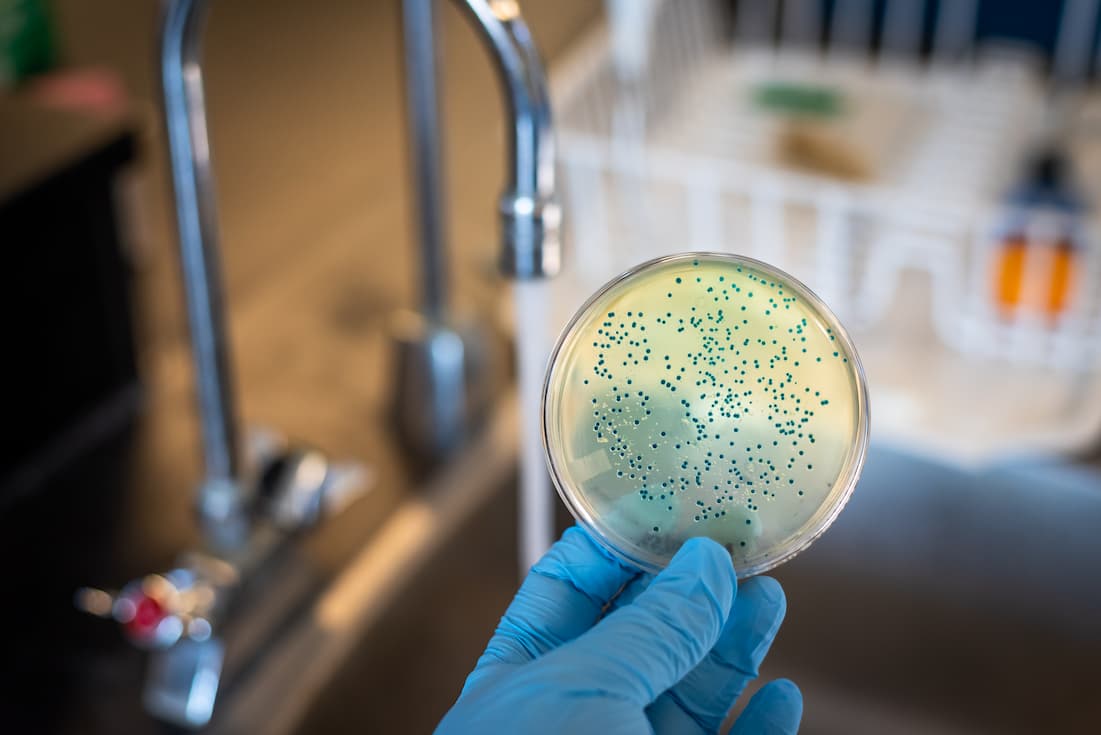
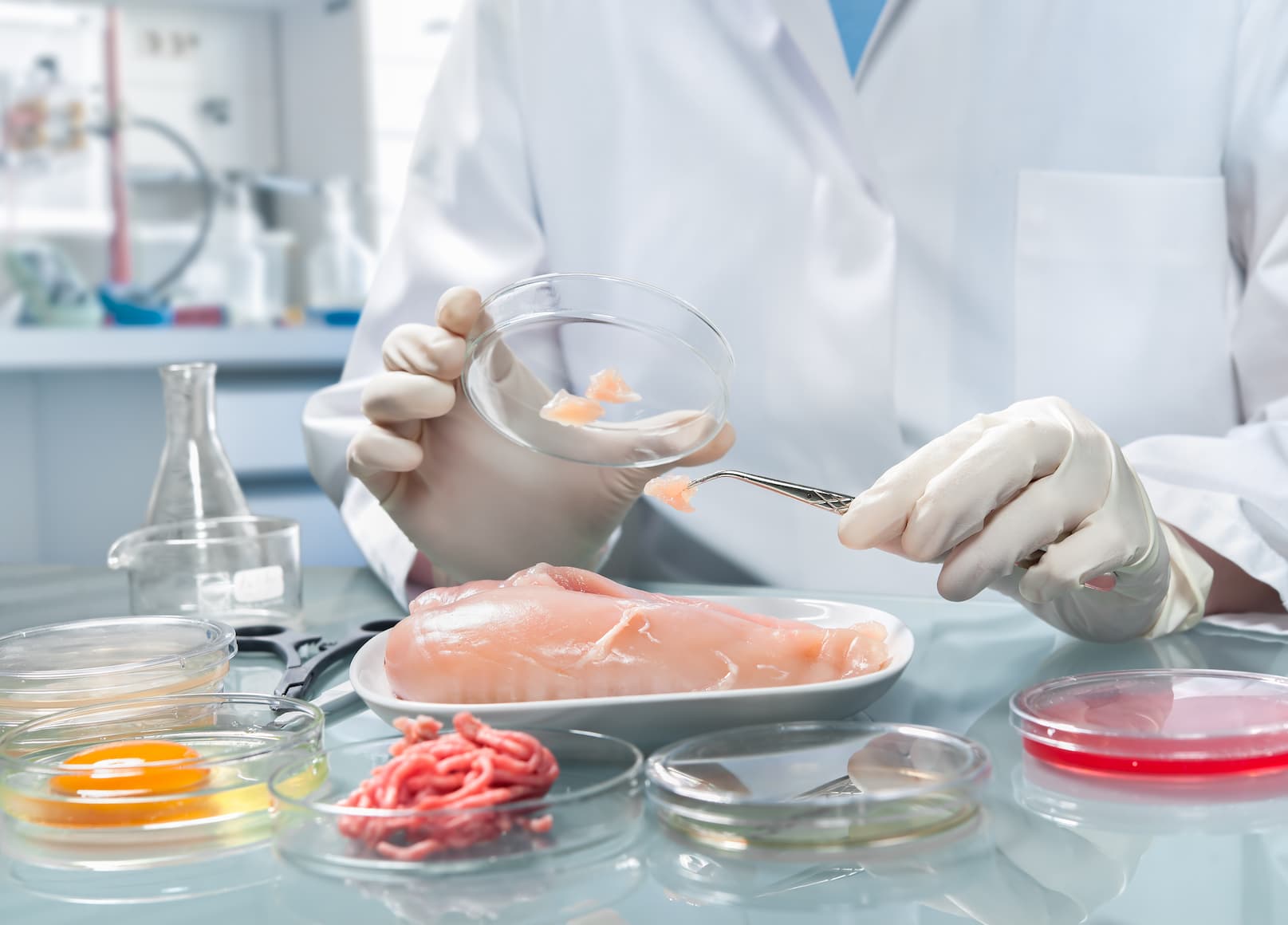

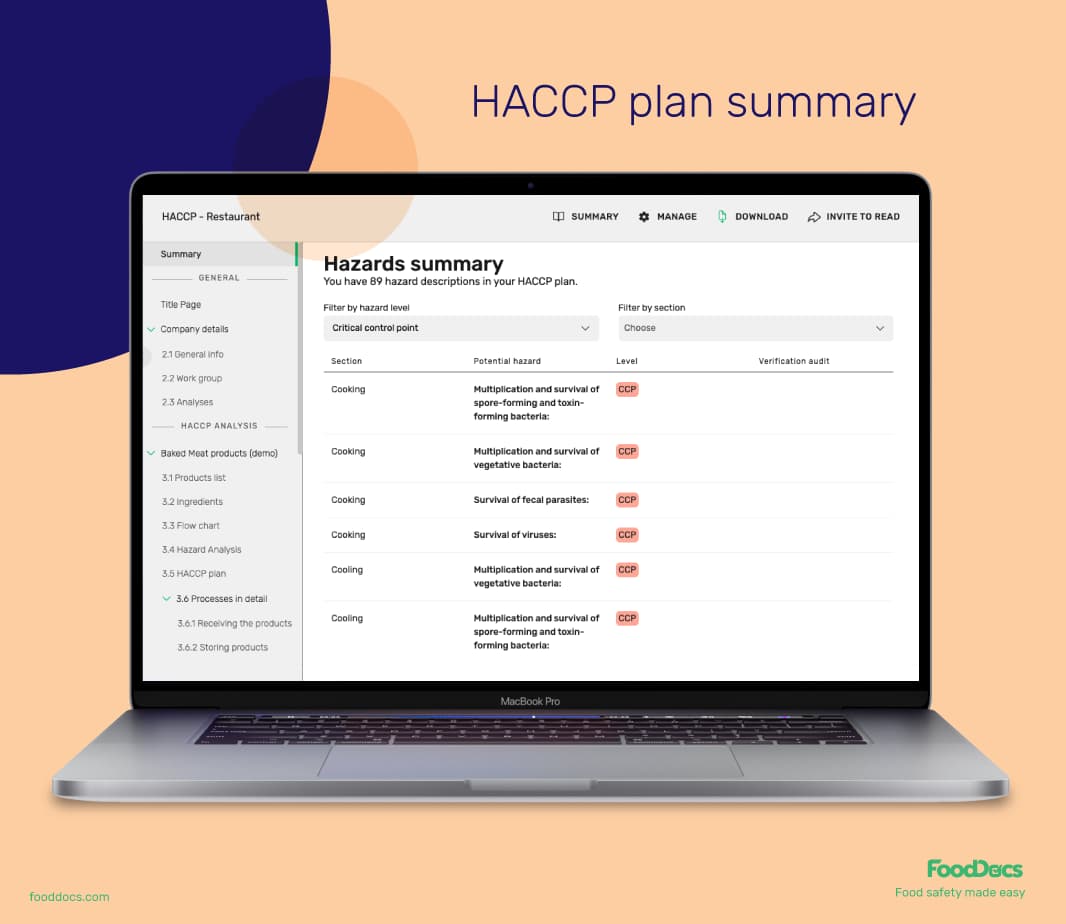
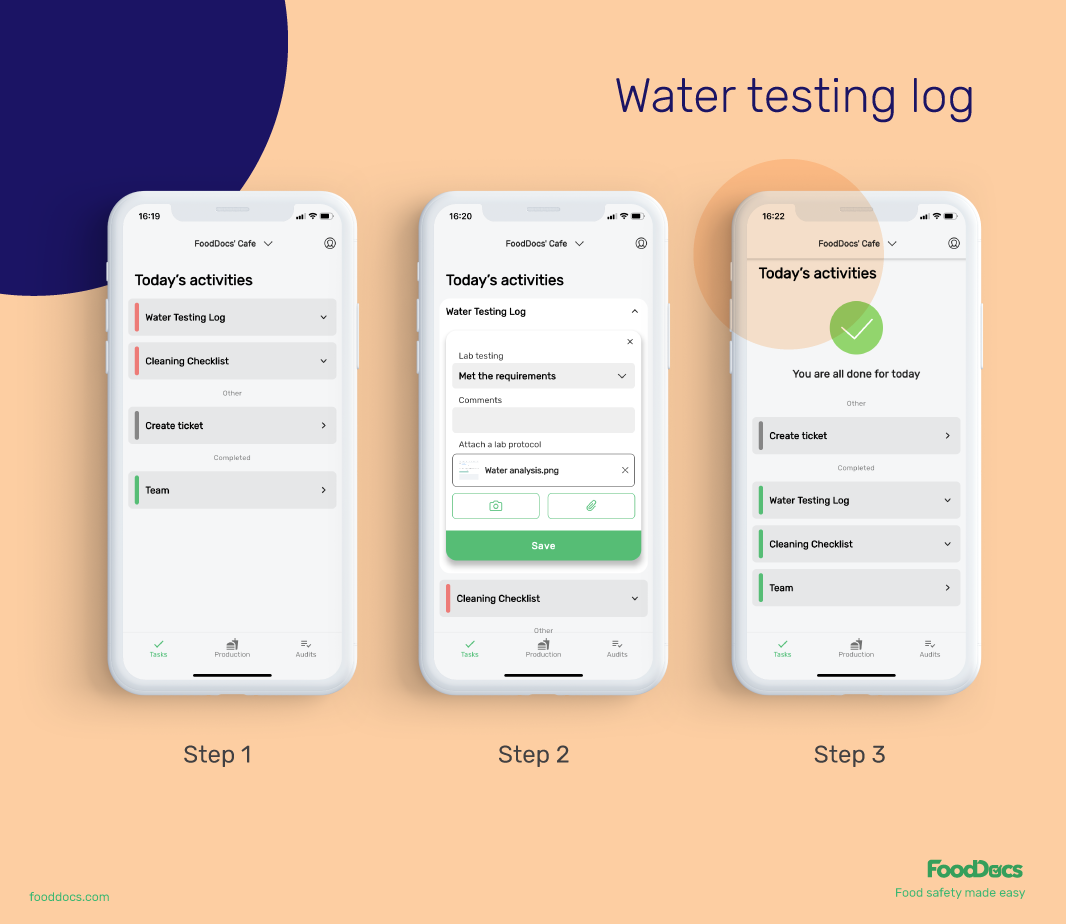
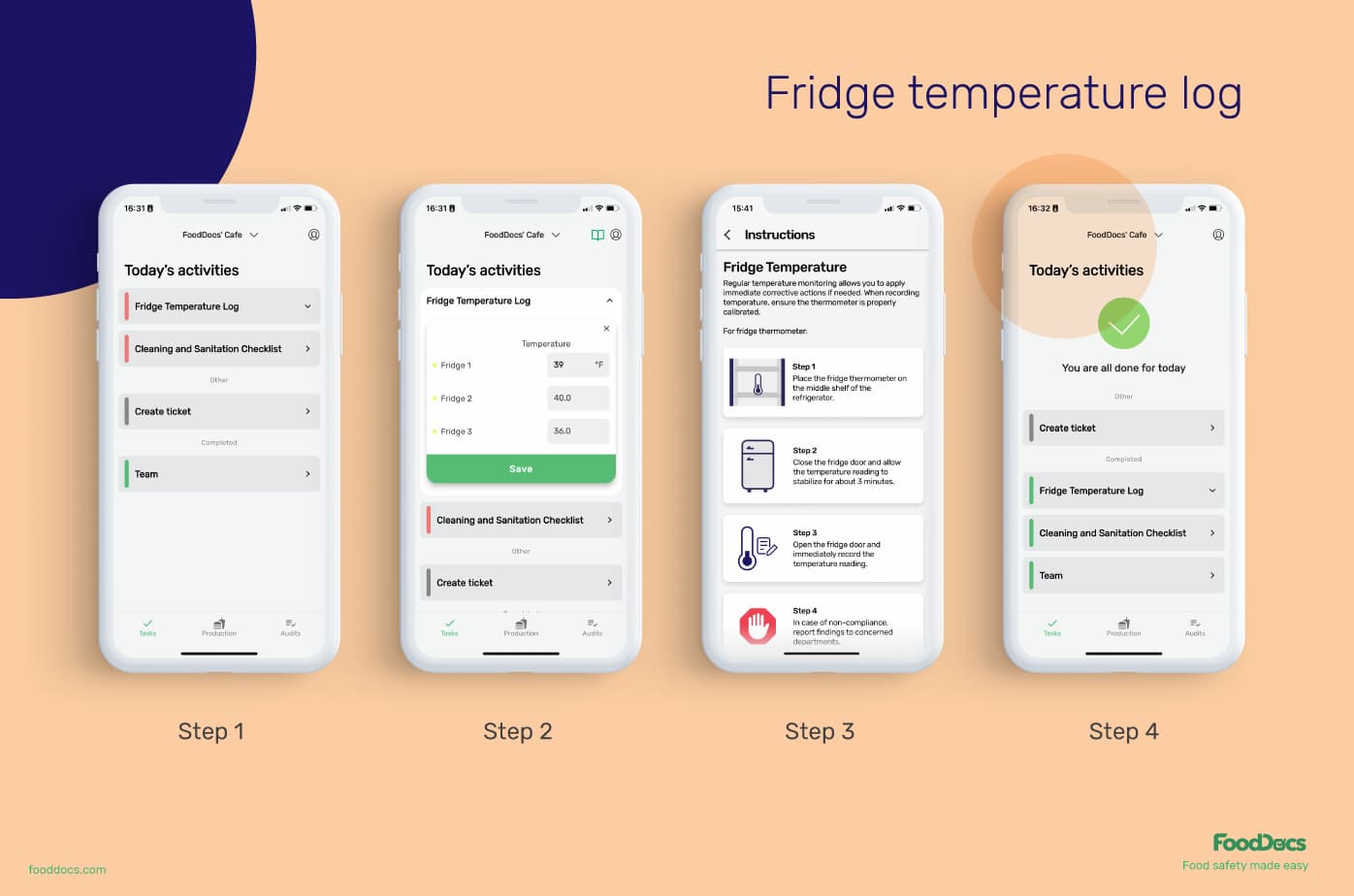
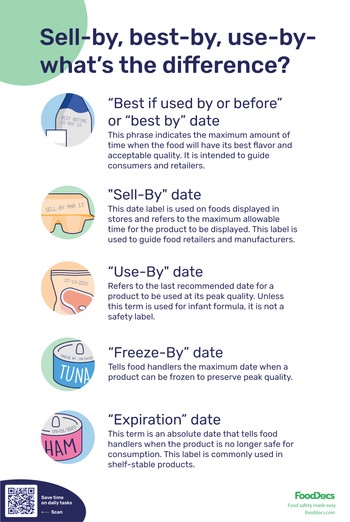
12. Actionable Insights Await You at FOODS.EDU.VN
FOODS.EDU.VN understands the challenges you face in finding reliable and easy-to-follow recipes, lacking knowledge about ingredients and cooking techniques, and desiring to discover new and unique dishes.
That’s why FOODS.EDU.VN is dedicated to providing detailed, easy-to-understand recipes you can make at home. We also share in-depth knowledge about ingredients, cooking techniques, and culinary history. Explore a variety of unique dishes from different cultures and receive guidance on adjusting recipes to suit your tastes and nutritional needs.
To further enhance your culinary journey, FOODS.EDU.VN provides:
- Expert Articles: Dive into detailed guides on ingredients, cooking techniques, and food safety.
- Recipe Customization: Learn how to modify recipes to fit your dietary preferences and restrictions.
- Community Support: Connect with other food enthusiasts to share tips, ask questions, and exchange culinary ideas.
Visit FOODS.EDU.VN today at 1946 Campus Dr, Hyde Park, NY 12538, United States, or contact us via Whatsapp at +1 845-452-9600 to discover a world of culinary knowledge and inspiration.
Maintain compliance using our digital Food Safety Management System and effortlessly ensure that your business is free from the risks of biological hazards at all times.
13. Frequently Asked Questions (FAQs)
Need more information on controlling biological hazards? Here are some useful and relevant questions about biological hazards in the food industry:
13.1 What Should Food Workers Do to Prevent Biological Hazards from Contaminating Foods?
The most effective food handling practice is consistent and proper handwashing. The Centers for Disease Control and Prevention suggests that up to 50% of the risk of infections and deaths from diarrheal diseases could be prevented with proper handwashing.
13.2 Is Biological Hazard Usually Set as a Critical Control Point?
Establishing a Critical Control Point depends on the severity of the risk of infection and the likelihood of occurrence. If a biological hazard has a very high potential severity and is very likely to occur, then a critical control point may be established for its control.
13.3 Which Bacteria Are Defined as Biological Hazards?
All pathogenic bacteria are identified as biological hazards. This includes bacterial agents that can cause acute effects on humans when consumed through contaminated food.
13.4 What Is the Most Common Biological Hazard in Food?
Bacteria and viruses account for the majority of the identified foodborne illness-causing hazards in the food industry.
By implementing these strategies and leveraging the resources at foods.edu.vn, you can effectively control biological hazards, ensuring the safety and quality of your food.
